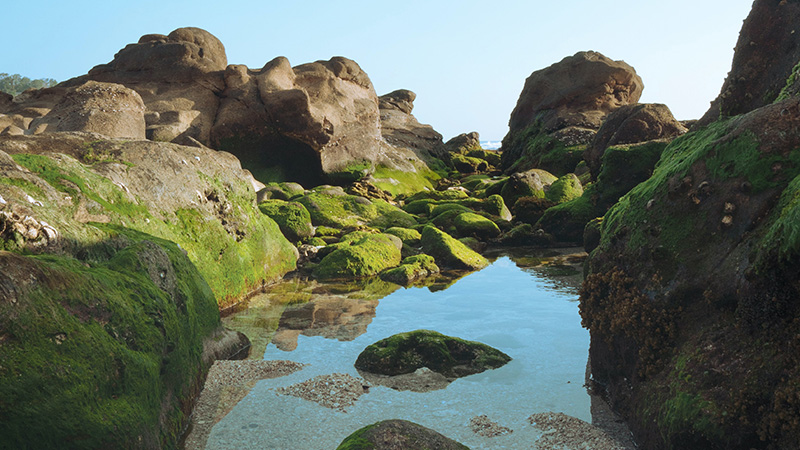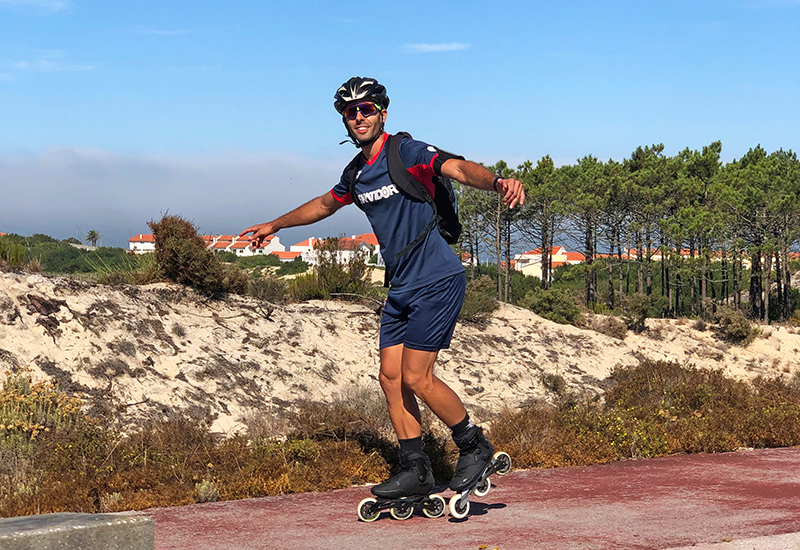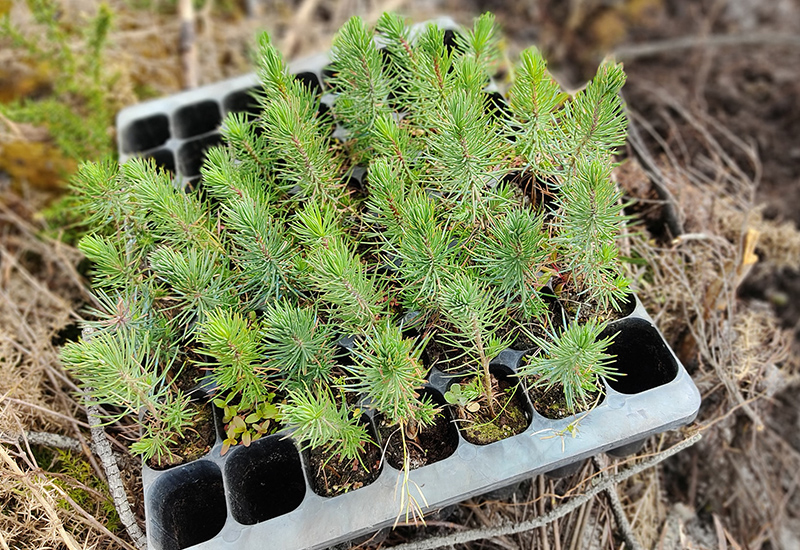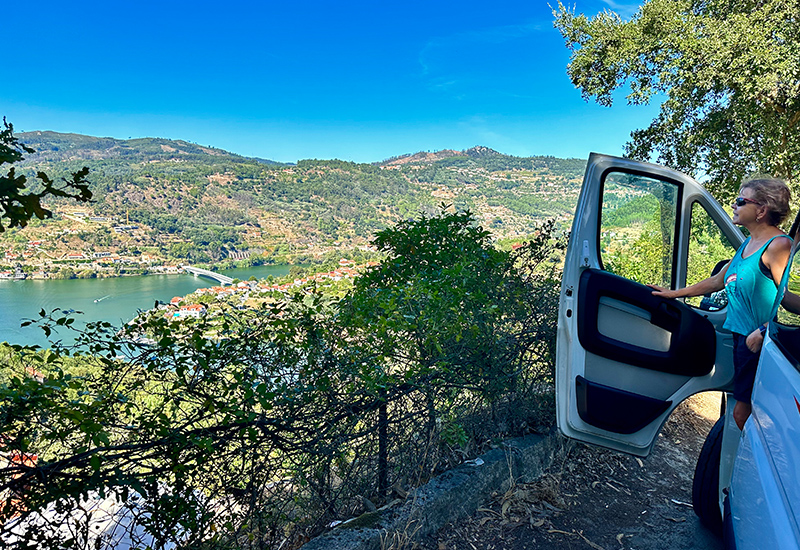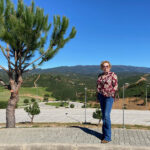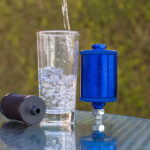When talking about the Algarve, you will frequently hear people refer to the eastern, central or western Algarve. The region has a lot to offer to wildlife enthusiasts as a whole, but it does change substantially and one can almost split it into two very different regions, particularly on the sea line.
WORDS Luís Costa
On the eastern side, locally called Sotavento (leeward), you will find long stretches of sandy beaches. On the western side, known as Barlavento (windward), you will find lots of smaller beaches nestled between rock cliffs. The latter has plenty of beaches with beautiful and interesting rock pools. They are full of surprises. And not only for the younger ones.
Depending on the beach you visit, you may need to walk until you reach these rocky shores, normally on the sides of the sandy patches that promote the more traditional beach visits. You will also need to consider the tides. Here in the Algarve, the tide amplitude can be huge. You need to ensure that the high tide will not stop you from coming back to the car park! Also, consider taking water shoes to protect your feet and prevent slipping.
It is the low tide that will usually show the best rock pools. As the tide lowers, it traps water and sea creatures in limestone “bowls” that are a perfect temporary shelter for small creatures.
This is a world of relatively small animals—little fish, crustaceous, molluscs and anemones, to name a few. However, we should not underestimate the potential and interest of these rock pools and their little dwellers. Here you can find masters of camouflage, slow-motion chasers, aggressive predators and unaware prey that coexist to create a perfect habitat in its true sense.

Whinkle

Strawberry Anemone
One of the first residents you will spot may be the friendly-looking sand goby or its close cousin, the rock goby. Even in very small puddles, you can normally spot very young, thus very small fish. In my experience, when it comes to gobies, the bigger the rock pool, the bigger the fish. When startled, they dart from one place to another and then simply stop hoping that they are undetected by their camouflage. At this point, you can normally get fairly close to appreciate the delicate patterns along their slim bodies.
If you feel comfortable enough, run your hand gently along the crevasses covered with algae and this will normally expose a fish, crab or even a prawn. Common prawns can also hide in plain sight with their translucid bodies. Sometimes it’s their moving shadow that gives them away or their awkward, backwards, jerky locomotion. On a bigger specimen, you can see that the front two legs are clawed – an adaptation that allows attack or defence behaviours and also serves as useful cutlery during meal times.


Different species of aquatic snails, such as limpets or winkles, are also normally easy to spot. You can take your time to admire the different colours and sizes as they don’t tend to run away. Limpets have a very strong suction grip and with the lightest of touches, you will see a quick movement as they clamp down to the rock where they are standing. Locals sometimes pick up winkles or the common periwinkle with their spiral shells as a seafood delicacy, but with mature females laying up to 100.000 eggs in a year and with a lifespan that can reach ten years, they are not at risk.
Watch out for shells laying at the bottom of these rock pools as these are sometimes the homes of one of my favourite beach animals, hermit crabs. These animals pretend not to be home. But give them a minute, make no sudden movements and they will soon show up and continue their constant graze of the little organism that they feed on. Hermit crabs are forever moving houses as they grow or whenever they find a newer, fancier and stronger carapace.


To add vibrant colours and movement to these basins of life, you can count on several types of anemones, such as the very appropriately called strawberry anemone (red with green dots resembling strawberry seeds) or the Snakelocks anemone with their green tentacles. With anemones, you are always better to keep your hands off as some anemones can sting.
Before you go back home, make sure you leave nothing behind, take nothing with you but photos and memories unless, of course, you can remove any plastic or litter.
For a quick introduction to Rock Pool observation, I recommend a visit to the Science Museum in Faro. There, you can find an interactive touch tank replicating the natural rock pools mentioned in this article and a biologist that will give you a quick introduction to species and behaviours.
